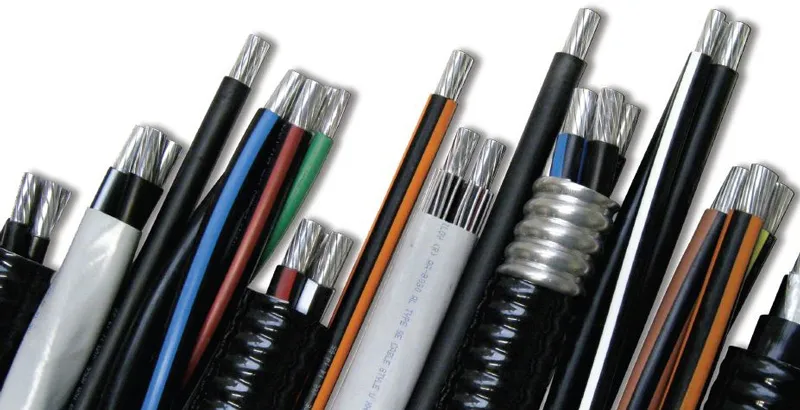10 月 . 08, 2024 02:32 Back to list
industrial gate valve
Understanding Industrial Gate Valves
Industrial gate valves are crucial components in various plumbing and process systems, designed primarily to control the flow of liquids and gases. Unlike butterfly or globe valves, gate valves operate by raising or lowering a wedge-shaped gate, allowing for a straight-line flow with minimal pressure drop. This simplicity in design makes them a preferred choice for many applications where full flow is essential, and leakage must be minimized.
Types of Gate Valves
Gate valves come in several types, including rising stem and non-rising stem variants. Rising stem gate valves feature a stem that moves upward when the valve is opened, giving a visual indication of the valve's position. This type is particularly useful in situations where monitoring the valve position is critical. Conversely, non-rising stem valves do not have a visible indicator, making them ideal for installations with limited vertical space.
Applications
These valves are widely used in various industries, including water treatment, oil and gas, power generation, and chemical processing. In water supply systems, for example, gate valves are essential for isolating sections of piping for maintenance. In the oil and gas sector, they are favored due to their robust design and ability to handle high pressure and temperature conditions. The pulp and paper industry also utilizes gate valves for controlling the flow of pulp and other media through processing systems.
Material and Construction
industrial gate valve

The material selection for gate valves is crucial, as it significantly affects their performance and durability. Common materials include cast iron, stainless steel, and carbon steel, each with specific properties suited to different applications. For instance, stainless steel valves are resistant to corrosion, making them ideal for corrosive environments, while carbon steel is preferred for its strength and durability in high-pressure applications.
Advantages
One of the primary advantages of gate valves is their ability to provide a tight seal when closed, preventing leaks and ensuring efficient system operation. Additionally, their design facilitates low resistance to fluid flow, which is essential in minimizing energy losses in large piping systems. They are also relatively easy to operate, which contributes to their widespread use across various sectors.
Considerations for Use
While gate valves offer many benefits, they are not suitable for throttling applications, as partial opening can lead to erosion and damage over time. Therefore, they should primarily be used for fully open or closed positions. Regular maintenance is also recommended to ensure long service life and reliable operation, especially in harsh environments.
In conclusion, industrial gate valves play a vital role in fluid control systems across numerous industries. Their design and construction offer significant advantages, making them an indispensable component in the efficient operation of industrial processes. Understanding their functionality, types, applications, and maintenance needs can greatly enhance their usage and reliability in various operational contexts.
Share
-
Understanding the Differences Between Wafer Type Butterfly Valve and Lugged Butterfly ValveNewsOct.25,2024
-
The Efficiency of Wafer Type Butterfly Valve and Lugged Butterfly ValveNewsOct.25,2024
-
The Ultimate Guide to Industrial Swing Check Valve: Performance, Installation, and MaintenanceNewsOct.25,2024
-
Superior Performance with Industrial Swing Check Valve: The Essential Valve for Any SystemNewsOct.25,2024
-
Industrial Swing Check Valve: The Ideal Solution for Flow ControlNewsOct.25,2024
-
You Need to Know About Industrial Swing Check Valve: Functionality, Scope, and PerformanceNewsOct.25,2024